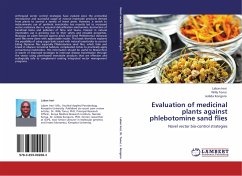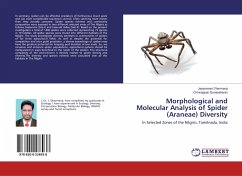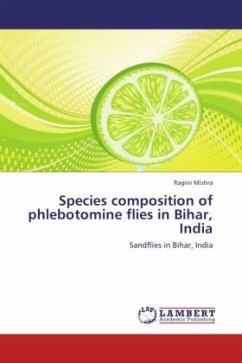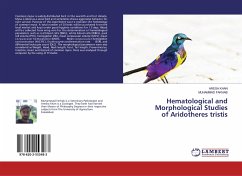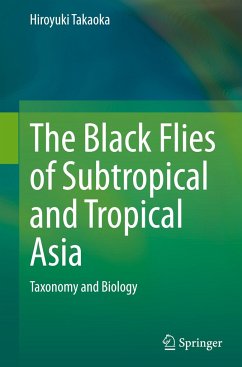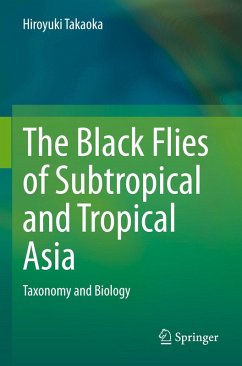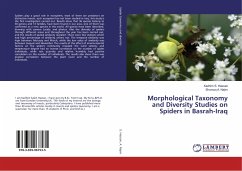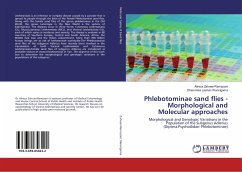
Phlebotominae sand flies -Morphological and Molecular approaches
Morphological and Genotypic Variations in the Population of the Subgenus Adlerius (Diptera:Psychodidae: Phlebotominae)
Versandkostenfrei!
Versandfertig in 6-10 Tagen
51,99 €
inkl. MwSt.

PAYBACK Punkte
26 °P sammeln!
Leishmaniasis is an infection or complex disease caused by a parasite that is spread to people through the bites of the female Phlebotomine sand flies. Along with the female sand flies of the genus phlebotomus in the Old World, the genus Lutzomyia in the New World is the vectors of leishmaniasis. The diseases occur in three forms: Cutaneous Leishmaniasis (CL), Mucocutaneous Leishmaniasis (MCL), and Visceral Leishmaniasis (VL), each of which varies in incidence and severity. The disease is endemic in 88 countries of Southern Europe, Central and South America, Africa, the Middle East Asia and th...
Leishmaniasis is an infection or complex disease caused by a parasite that is spread to people through the bites of the female Phlebotomine sand flies. Along with the female sand flies of the genus phlebotomus in the Old World, the genus Lutzomyia in the New World is the vectors of leishmaniasis. The diseases occur in three forms: Cutaneous Leishmaniasis (CL), Mucocutaneous Leishmaniasis (MCL), and Visceral Leishmaniasis (VL), each of which varies in incidence and severity. The disease is endemic in 88 countries of Southern Europe, Central and South America, Africa, the Middle East Asia and the Indian subcontinent. More than 350 million human beings are at risk of leishmaniasis worldwide.The Phlebotominae sand flies of the subgenus Adlerius have recently been involved in the transmission of both Visceral Leishmaniasis and Cutaneous Leishmaniasis.Female sand flies of subgenus Adlerius are considered as probable vectors of visceral leishmaniasis in Iran. The objective of this work was to determine the morphological and genotypic variations in the populations of this subgenus.



